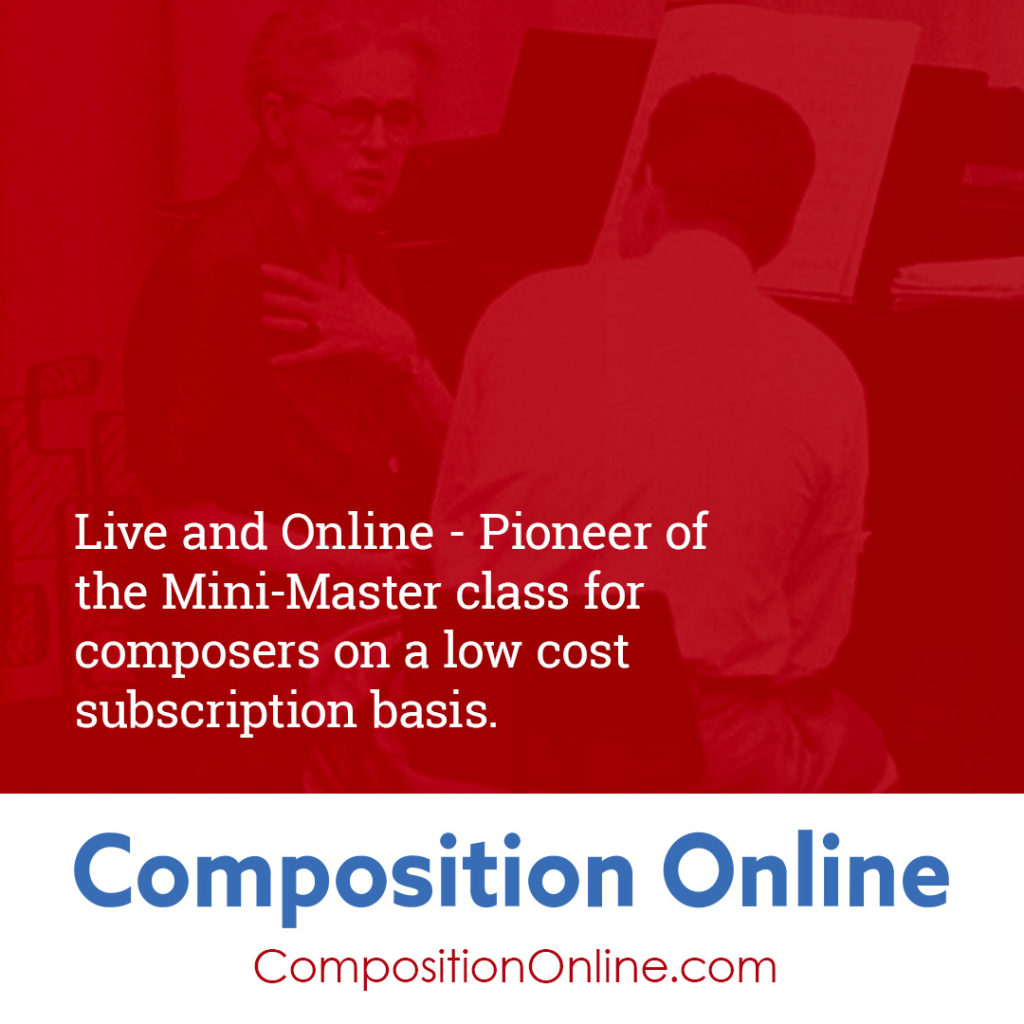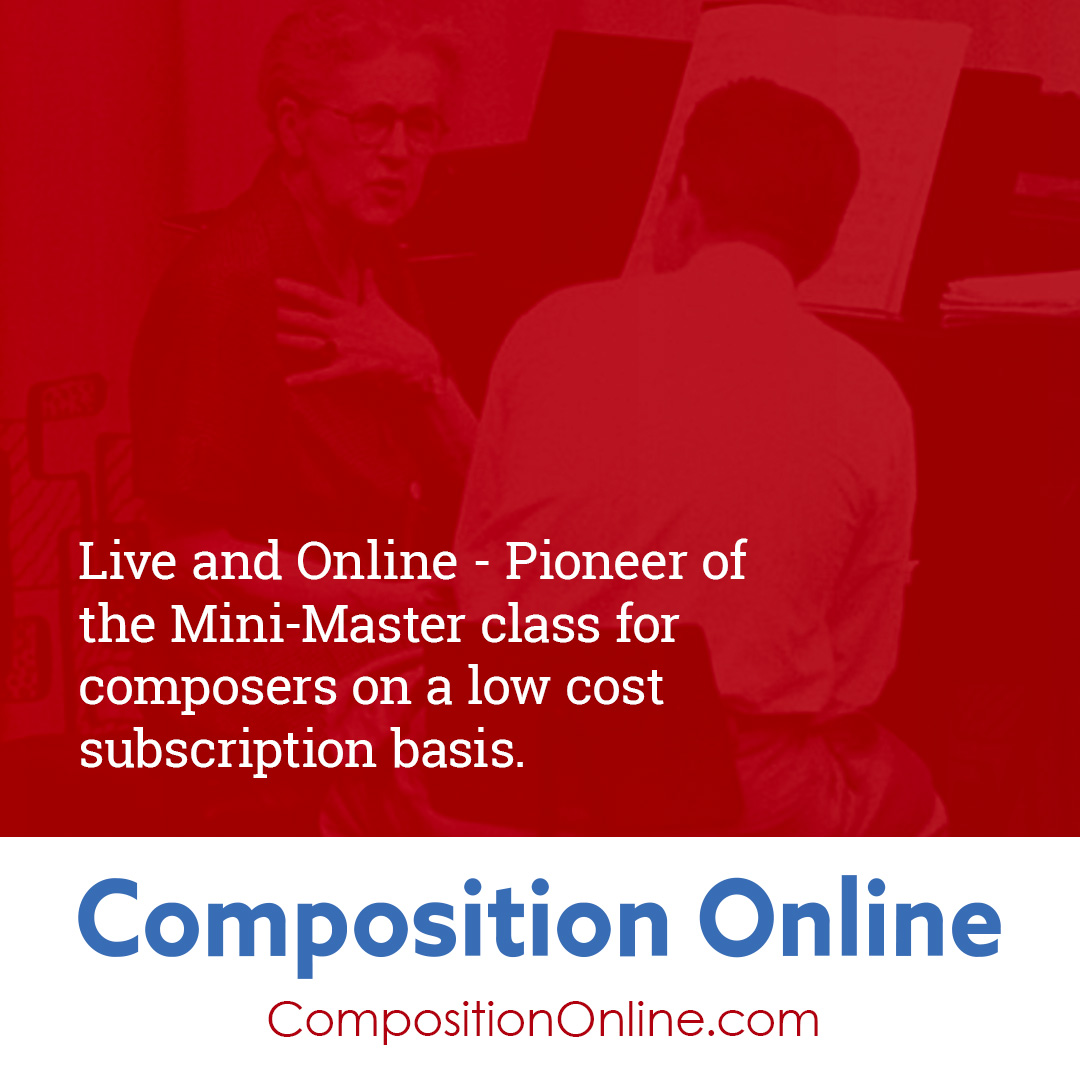Beethoven’s Novel Composition Technique Explained
The difference between Beethoven’s work and an actor’s monologue is in the notated execution (i.e. interpretation) of content. The monologue is delivered to an actor largely devoid of interpretation and remarks for an actor to utilize in a performance context. Not so with Beethoven’s work. In the case of Beethoven, the “speech-like” elements are clearly notated. Pacing, silences, dynamics, speed of delivery (faster and slower) are, for the most part, left to the actor to develop and apply in preparation for live performance. Also included in an actor’s preparation is “pitch”. Human speech outlines tones in the rise and fall of delivery; as we speak the “tone” of our speech rises and falls for effect and expression. These “tones” are not actual notes as in the setting of text to music to be sung, but form outlines of speech from these inflections. Combine these pitch fluctuations with the other elements and what comes out is a performance.
Much has been made of the work of Leonard Bernstein in the Norton Lectures (all of which are available on YouTube), particularly with respect to his focus on Noam Chomsky. Chomsky honed in on linguistics, syntax, and the parallels of grammar in speech as applied to the formulation of musical phrases. Chomsky looked carefully at a finite set of rules that can account for all grammatically correct linguistic transformations. Bernstein followed suit, and both of them were right. These lectures and related writings served as a launching point for all sorts of scholarly articles in application of these concepts to the way we look at and listen to music.
Certainly we are all indebted to Bernstein and Chomsky for their contribution to the understanding of music through the recognition and study of syntax, linguistics and musical grammar for listeners. But does it explain composition technique to the next generation of composers? Does it go to the next step of providing guidance to composers on “how” to do it? I don’t think so.
The Path Of Compositional Development
Beethoven and Mozart when young boys both studied composition with Joseph Haydn, the inventor of modern compositional technique as we know it today. Their early works are often indistinguishable from Haydn’s late works. Yet both grew to expand composition technique in quite different ways.
These young genuises did not study the techniques of harmonic language and counterpoint with Haydn. They learned the advanced techniques of musical composition. Harmonic techniques and composition techniques are not the same, each comprising a distinct and separate body of knowledge. The harmonic language selected by composers in their work has little to with the application of genetically embedded universal grammar (i.e. “composition technique”). Choice and application of a harmonic scheme does not result in music that moves the listener.
In the case of Beethoven, he explored the adoption of speech and emotive expression, similar in some ways to the manner that an actor would perform a monologue onstage. There are short ideas, fits and starts, pauses, silences, all weaved together in a cohesive experience that together, feel as if the music is speaking, and along an inevitable path from beginning to end. His early experiments in this area began to emerge during his middle period, and then flourished in his late works as he discovered new and expanded ways of music expression.
The Other Worldly Experience
Beethoven’s compositional development continued through his late works. “His musical language is becoming highly concentrated and abstract, relying on one hand on cantabile and declamatory recitatives — essentially basic forms of vocal expression — as the fundamental level of human communications.” (Mysteries of the Late Beethoven by Georg Predota, May 2013, https://interlude.hk/mysteries-of-the-late-beethoven/). The use of vocal (i.e. spoken) expression as applied to the craft of musical expression is achieved by a kind of exaggeration, or caricature, where the emotions carried from ordinary speech are elongated, attenuated, and otherwise manipulated to give rise to a new form of musical expression recognizable by humans in the context of musical sound and structure.
This type of musical expression transcends the need for actual spoken language in music; these are, in effect, “songs without words”. The technique prompts the listener to feel the effects of a story that is not actually there. The actor as singer is on the stage delivering a monologue with a full range of expression, but there are no words, only musical sounds. It is as if one begins with language that is delivered along with the music, then the language is removed and only the music and its emotional impact remains, hence the “other worldly experience”.
More Than Just The Right Next Note
The Principle of Musical Inevitability, the Holy Grail for composers, is the ability to compose music that when heard by listeners impresses as a series of perfect choices from beginning to end. From the initial idea to the final note, this is a “wrap around” technique for which each traditional composition technique constitutes the grammatical and syntactical tools for the language of music, then applied to improvisations in an organized way until the achievement of a completed composition. Great composers hear music and make choices based upon their best perception of the human experience and how we hear music – vertically (a moment in time), linearly (moving forward), and contextually retrospective (current sounds in relationship to what has been heard previously).
It is universally accepted that the music of Mozart achieves the goals as set forth in The Principle of Musical Inevitability. Mozart’s work often sounds perfectly designed, from beginning to end. In the case of Beethoven, particularly as his life and compositional development unfolded, we have a very different experience. Certainly one has the feeling of “inevitability” in the first movement of the Fifth Symphony, but Beethoven’s work in the middle and late periods adds this new dimension of exaggerated vocal expression as an independent body of compositional technique. We have, in a sense, an actor’s delivered monologue inclusive of a wide range of emotional expression in one work, yet without words.
Guidance to Composers on “How” to do it
Clearly there are no shortcuts for composers that wish to apply Beethoven’s extended composition technique Beyond Syntax to their own work. I recommend a path that relies on precedent, the road first traveled by Beethoven, and then the same by others who also accessed this set of compositional techniques so effectively. This small group of composers include Brahms, Stravinsky, Bartok and Britten. The steps are the following:
- Gather and internalize complete musicianship skills at the highest level. These include harmony, counterpoint, and other auditory skills. Click here for more information on the differences between Composition Techniques and Harmonic Techniques.
- Study and practice the compositional techniques developed by Haydn and passed down to generations of the current day.
- As you develop a solid and fluent set of skills and techniques noted above, start experimenting with an extended expressive language that expands from the base of knowledge and skills and goes further. Avoid the temptation to set aside fundamentals. This is a building process and if you skip a step your music will stumble.
Where Would We Be Without Beethoven?
That’s hard to say. Great composers in the world since the time of Beethoven drew much from the study of his work and compositional advancement. Would Bartok’s six string quartets sound the same were it not for his study of Beethoven’s late string quartets? We will never know the answer. But what we do know is the effect on the music of the world composed since Beethoven’s time and the advancement of the human expression in music that he gifted us all.
For these great gifts we are grateful.
About Steve Lebetkin
Steve Lebetkin is an American composer and musical descendant of the late Jewish composer Karol Rathaus, a leading early 20th century film and classical composer that emigrated to America during the Third Reich.
Rathaus, a student of Franz Schreker, was a major influence on the three major American composers with whom Lebetkin studied – Gabriel Fontrier, Sol Berkowitz, and Leo Kraft. He also studied composition with Hugo Weisgal.
Lebetkin carries the torch of a great European musical composition tradition whose roots go back to Haydn. He is a leading advocate in his works and public presentations to distinguish between harmonic languages and compositional technique, regardless of style, venue, or era.
Contact Steve Lebetkin at stringsandbrass@gmail.com

